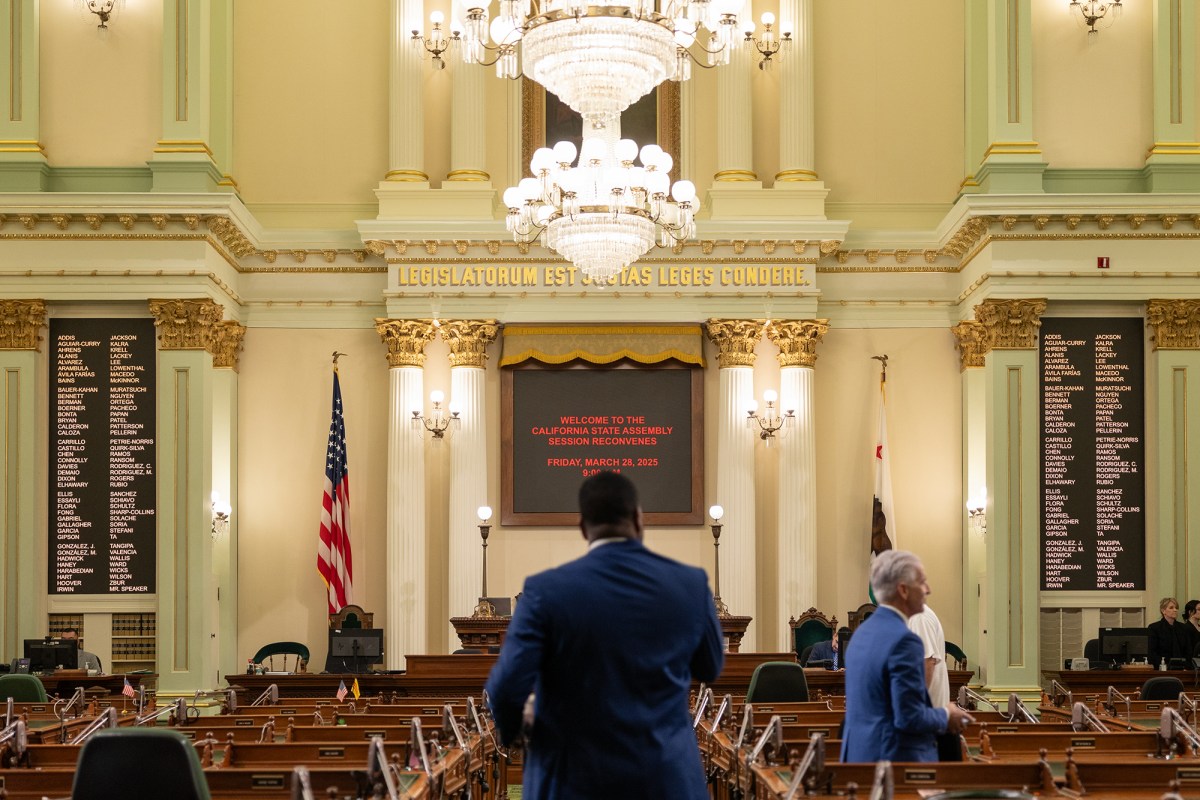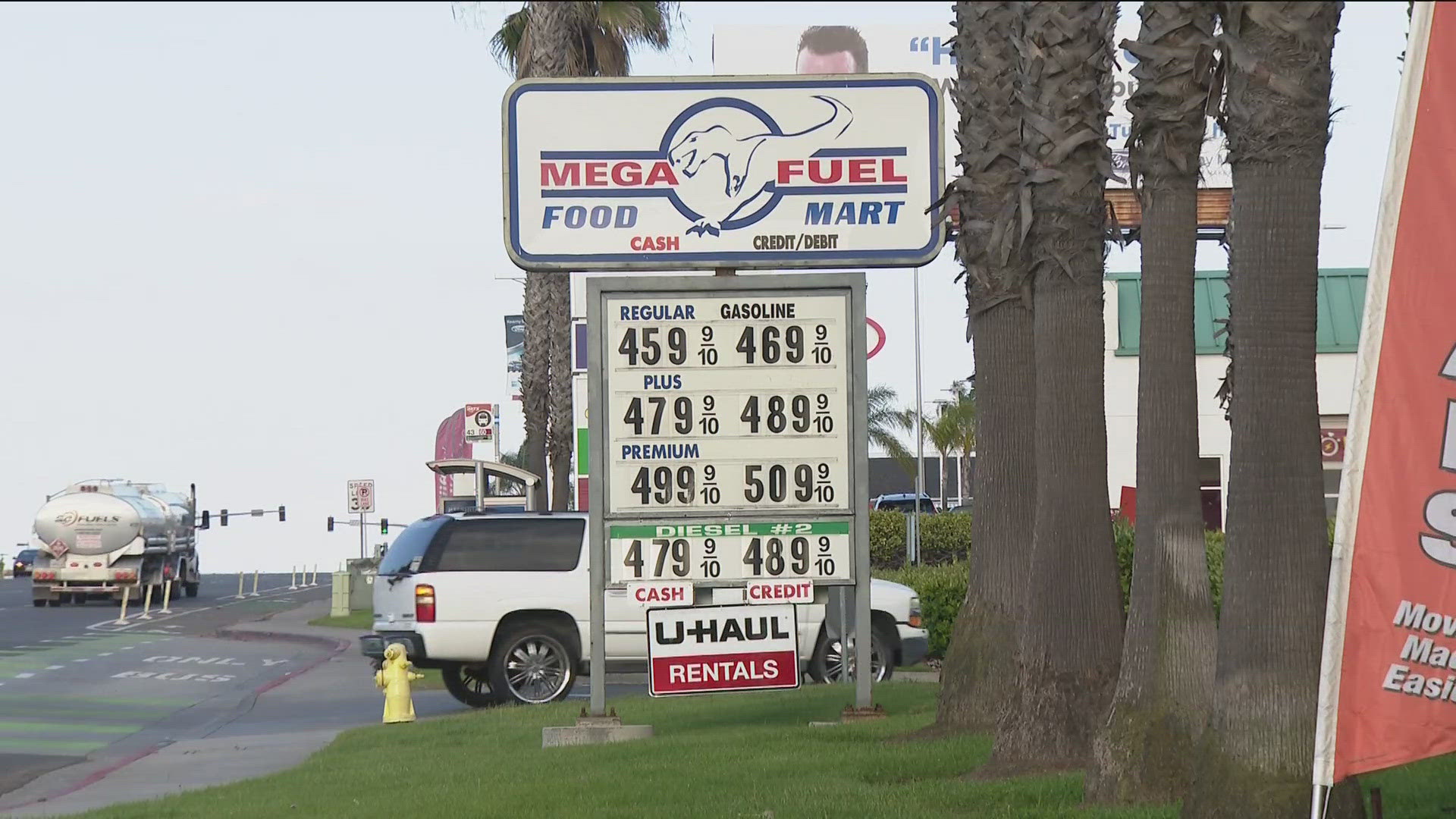Executive Summary
- Human-caused climate change made the deadly April 2025 rainfall in the US South and Midwest 9% more intense and 40% more likely, according to a WWA study.
- Warmer ocean temperatures in the Gulf of Mexico, driven by climate change, significantly contributed to the storm's intensity, making such ocean conditions 14 times more likely.
- Staffing shortages at the National Weather Service (NWS), exacerbated by budget cuts, raise concerns about the ability to effectively warn and protect communities during future extreme weather events.
Event Overview
In early April 2025, a series of severe storms, including tornadoes, strong winds, and extreme rainfall, struck the central Mississippi Valley region, causing widespread destruction and at least 24 fatalities. A rapid analysis by the World Weather Attribution (WWA) group determined that human-caused climate change played a significant role in intensifying the rainfall and increasing the likelihood of such events. The storms resulted in catastrophic flooding, damaging homes, roads, and farmland across eight states in the South and Midwest.
Media Coverage Comparison
| Source | Key Angle / Focus | Unique Details Mentioned | Tone |
|---|---|---|---|
| The Guardian | Climate change impact on rainfall and the importance of weather forecasting services. | Economic damages estimated between $80bn and $90bn. Highlights potential risks due to layoffs at the National Weather Service. | Concerned and critical |
| CBS News | The role of climate change in intensifying storms and the impact on insurance markets. | Insurance premiums have increased by $1,100 on average from 2020 to 2024 in the riskiest zip codes. Highlights the potential for more frequent and severe weather. | Informative and cautionary |
| Live Science | Quantifying the impact of climate change on extreme weather events and the role of sea surface temperatures. | Estimates that an extreme rainfall event like the one in April is expected to occur every 90 to 240 years based on current conditions. | Analytical and scientific |
| AP News | Attribution of climate change to increased rainfall and the likelihood of storms, with emphasis on future risks. | Notes that a rainfall event of April's intensity could occur about once every 100 years and is expected to become more frequent without emissions reductions. | Objective and informative |
Key Details & Data Points
- What: Record rainfall across eight southern and midwestern states caused catastrophic flooding, resulting in deaths, property damage, and power outages.
- Who: World Weather Attribution (WWA), climate scientists, National Weather Service (NWS), communities in Mississippi Valley, Trump administration, Elon Musk.
- When: The storms occurred between April 3 and 6, 2025. The WWA study was released on May 8, 2025.
- Where: Central Mississippi Valley region, including Mississippi, Arkansas, Missouri, Illinois, Indiana, Kentucky, Tennessee, and Alabama.
Key Statistics:
- Rainfall increase: 9% (intensity increase due to climate change)
- Likelihood increase: 40% (increased likelihood of storms due to climate change)
- Gulf of Mexico temperature increase: 1.2°C (2.2°F) (warmer than pre-industrial temperatures)
- Increase likelihood ocean condition: 14 times more likely (due to climate change)
- Expected warming by 2100: 2.6 degrees Celsius (4.7 degrees Fahrenheit) (under current policies)
Analysis & Context
The WWA study provides strong evidence that climate change is exacerbating extreme weather events. The increased intensity and likelihood of the April 2025 storms underscore the urgent need to reduce greenhouse gas emissions. The warmer sea surface temperatures in the Gulf of Mexico, directly linked to climate change, played a crucial role in fueling the storms. Furthermore, the study highlights the importance of robust weather forecasting and early warning systems, while also raising concerns about the impact of budget cuts and staffing shortages at the NWS on public safety. The potential for even more frequent and intense rainfall events in the future necessitates proactive measures to mitigate climate change and adapt to its consequences.
Notable Quotes
These floods didn’t make front pages, but they should have. At least 15 people died, homes were ruined and farmland turned into swamps. In an increasingly dangerous world of extreme weather, a well-resourced forecasting workforce is essential. The recent layoffs at the National Weather Service workers will put lives at risk.
That one in 100 years … is likely to go down to once every few decades. If we continue to burn fossil fuels, events like this will not only continue to occur, but they’ll keep getting more dangerous.
It's really a moment for us to understand what this means not only now but for the future. What does that mean for these areas that are seeing back-to-back events? What does that mean for how we build, or where we're rebuilding, or if we rebuild? Is this going to be a place that's livable in the future? And if it is, how do we make sure that it's livable and safe?
Conclusion
The WWA study's findings confirm the growing impact of climate change on extreme weather events. The April 2025 storms in the US South and Midwest serve as a stark reminder of the need for urgent action to reduce greenhouse gas emissions and invest in climate resilience. The increased intensity and frequency of such events pose significant risks to communities and infrastructure, underscoring the importance of robust weather forecasting, effective early warning systems, and proactive adaptation measures. Addressing staffing issues at the National Weather Service and shifting away from fossil fuels are crucial steps toward mitigating future risks.
Disclaimer: This article was generated by an AI system that synthesizes information from multiple news sources. While efforts are made to ensure accuracy and objectivity, reporting nuances, potential biases, or errors from original sources may be reflected. The information presented here is for informational purposes and should be verified with primary sources, especially for critical decisions.









